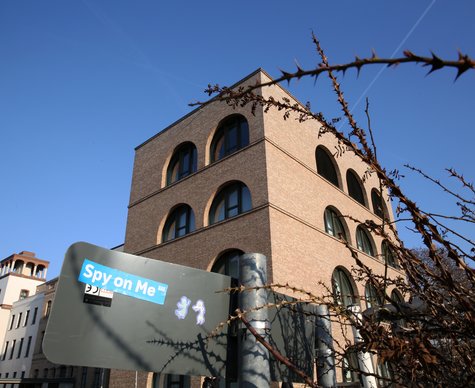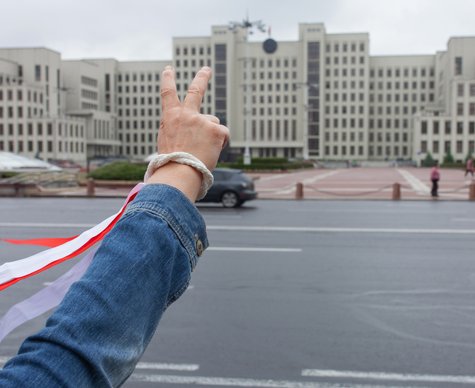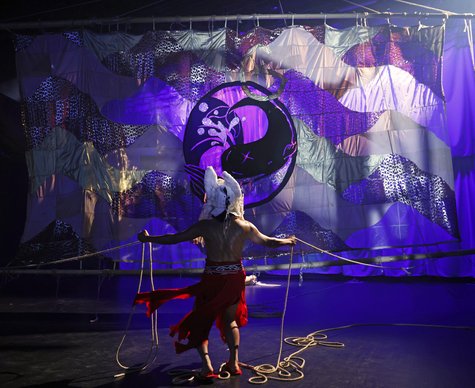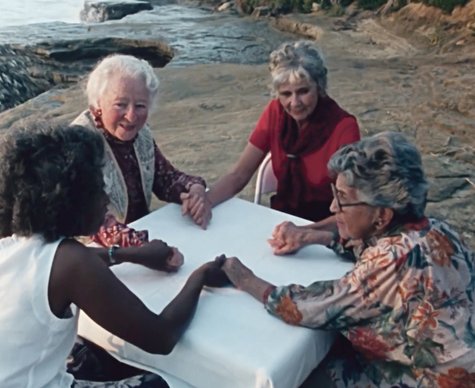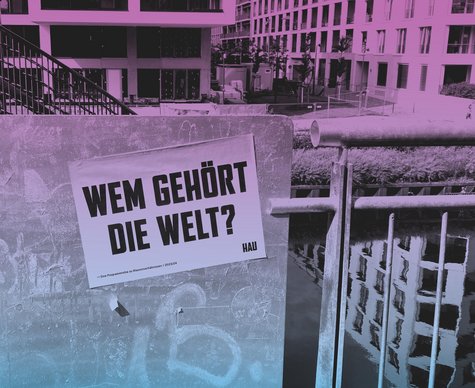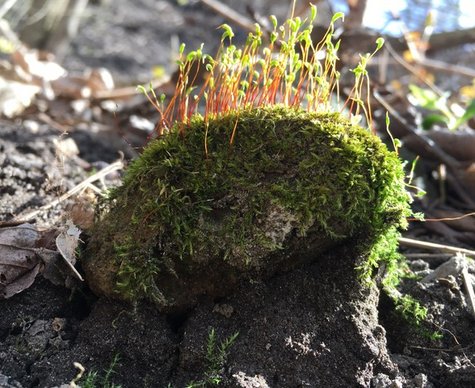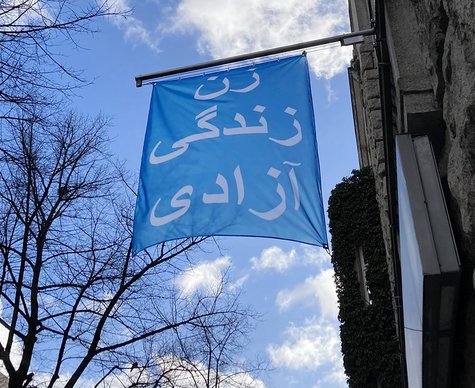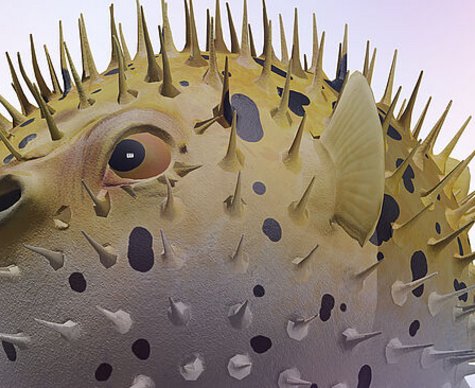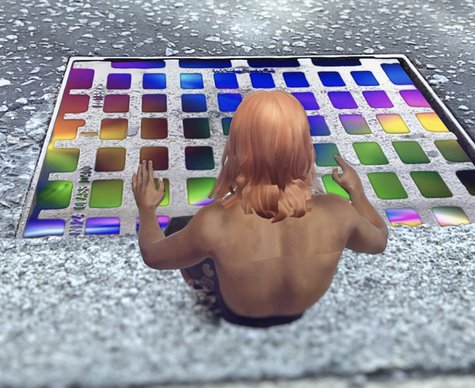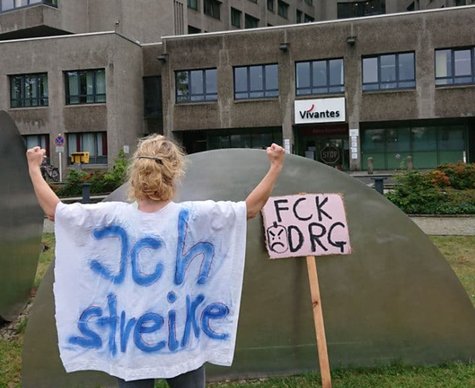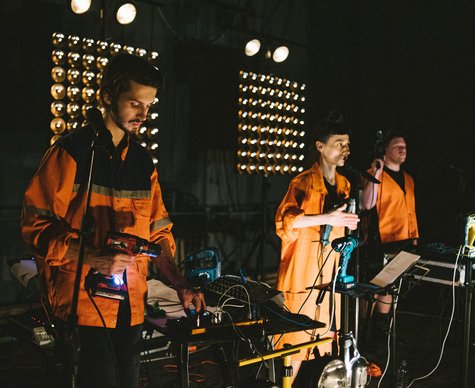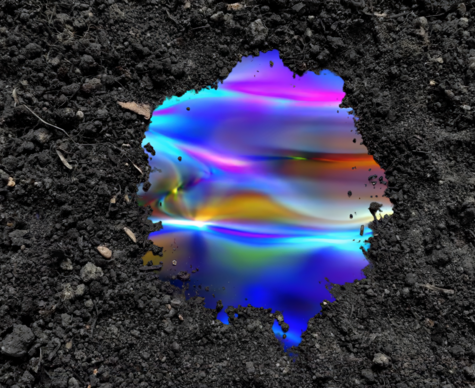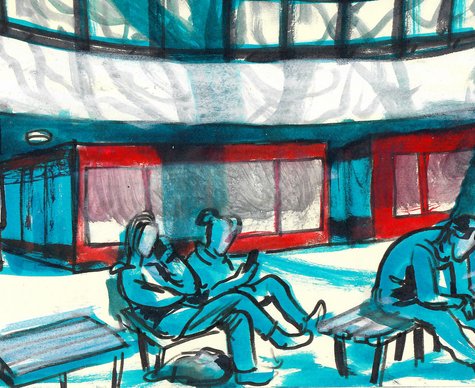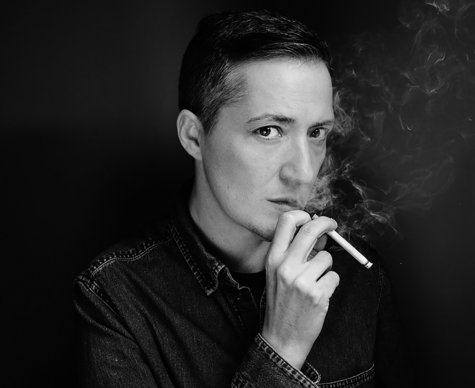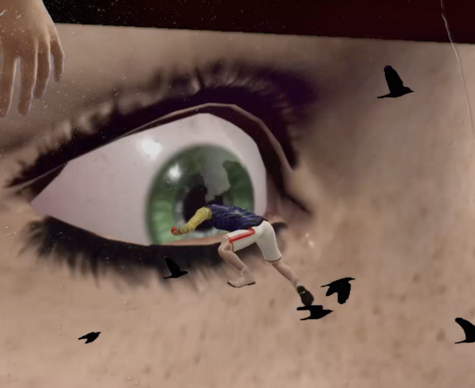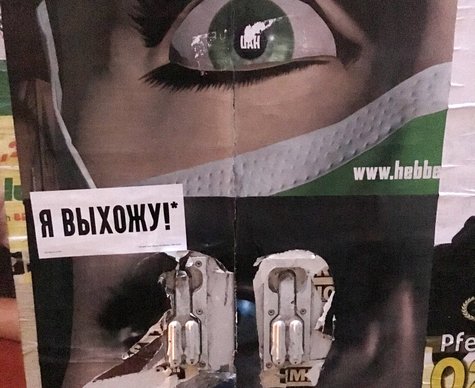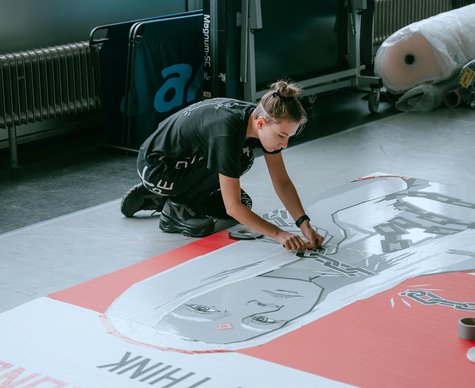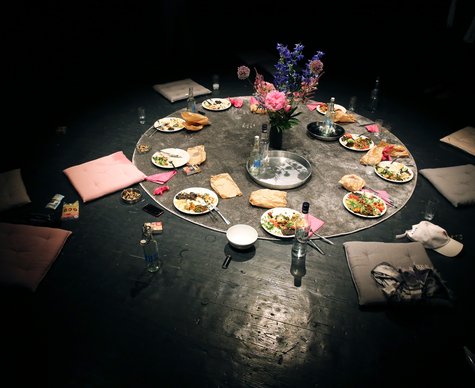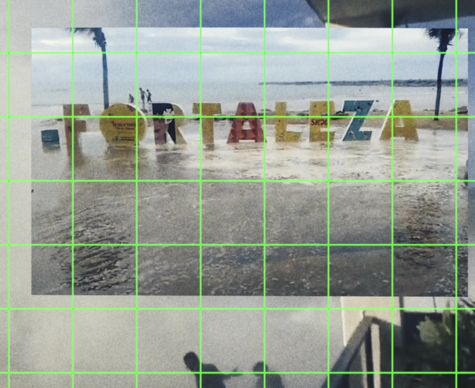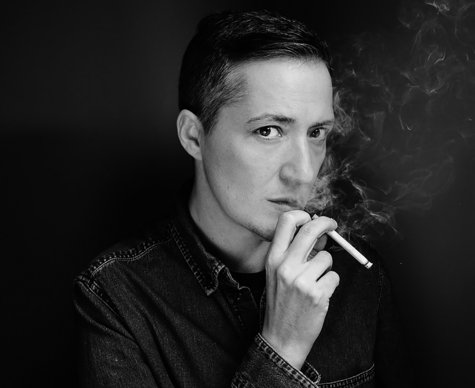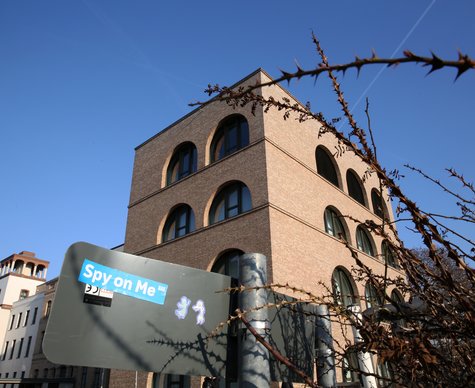CTM.13 – Lecture-Performance & Konzert
Collapse of Time II
- Musik
"To make proper ritual dress, first you must begin by visiting the basements of old bookstores, only the most disgusting basements will do, preferably with water damage and snowbanks of mold sweeping up the walls from dusty soil corners. Here are the stuck-together pages of old dreams and visions, the startling humanity of those who came before you with the gumption to put their ideas in bound books, all laid out in muddy piles. The next step is to burn a great many things. Not books, mostly different types of wood and leaves, but also furniture, and hold a mirror over the fire to see if it is alive. Once you have understood this, you may begin working with needles."
- Christopher Kline
It appears increasingly difficult today to imagine utopian futures, to propel human civilization forward in time. Instead, we tend to retreat into the past (or into several pasts), and to draw on material foundations – surviving artefacts, recordings, and reports – to re-imagine how things used to be. We go backwards through time wiring-up imagined bygone days with the modern digital age. We basically know very little of the past, which is why it makes such a great blank canvas for our musings. The surge in DIY-historiography and home-made media archaeology commonly usesd within artistic practices today are just two of the symptoms of this trend. Such processes become all the more palpable the further back we look, because any point where evidence is thin on the ground prompts us to ask how we can possibly know what we think we know. This process of re-imagining is less apparent in sciences attempting authentic reconstructions, than in artistic practices that splice eras and spaces as a pathway to new potential.
French outsider musician and sound traveller Ghédalia Tazartès, and likewise Set Mosaic, the new project from Christopher Kline and Francesco Cavaliere, draw on an overwhelming myriad of sources for their imaginary ethnographies and ritual musics of unknown cults, which range from the very ancient to the contemporary, from the geographically remote to the immediate, and from the exotic to the everyday and familiar. With their choreographed interplay of object art and music, Kline and Cavaliere simultaneously provide the stage set for performances by Tazartès and Heimo Lattner.
Lattner’s work, commissioned by the ECAS network, explores the whistling language of the Guanche, the native inhabitants of the Canary Islands. While the Silbo Gomero language presumably developed as a means to communicate across the volcanic islands' deep-cut gorges, the advance of modern telecommunications and infrastructure have rendered its original purpose redundant. The levels of meaning of this musical language, and the shifts these have undergone over the last six decades, serve as the point of departure for Lattner’s research.
Termine
Spielorte
HAU2
Hallesches Ufer 34, 10963 BerlinZwei markierte Parkplätze vor dem Haus vorhanden. Barrierefreie Sanitäranlagen vorhanden. Es stehen vier Relaxed Seats in der ersten Reihe des HAU2 zur Verfügung. Auch Tickets für Rollstuhlfahrer*innen und Begleitpersonen sind über das Ticketingsystem buchbar. Bei Fragen wenden Sie sich bitte an unser Ticketing- & Service-Team unter +49 (0)30 259004-27 oder per E-Mail an
tickets@hebbel-am-ufer.de.
Anreise HAU2 über U Hallesches Tor:
Wenn Sie vom U-Bahnhof Hallesches Tor kommen, müssen Sie ab der Kreuzung Wilhelmstraße / Hallesches Ufer einen Ersatz-Gehweg benutzen, der mit einem Bauzaun von der Fahrbahn abgetrennt ist – der tatsächliche Gehweg ist im Moment gesperrt. Achtung: der Ersatzweg wird auch von Fahrradfaher*innen genutzt. Fußgänger*innen halten sich am besten rechts. Für sehbehinderte oder blinde Besuchende empfehlen wir deshalb aktuell, mit einer Begleitperson ins HAU zu kommen.
Anreise HAU2 über U Möckernbrücke:
Wenn Sie den U-Bahnhof Möckernbrücke verlassen, bleiben Sie bitte bis zur Kreuzung Hallesches Ufer / Großbeerenstraße auf dem Gehweg auf der Kanalseite – der gegenüberliegende ist aktuell wegen Bauarbeiten gesperrt.



















